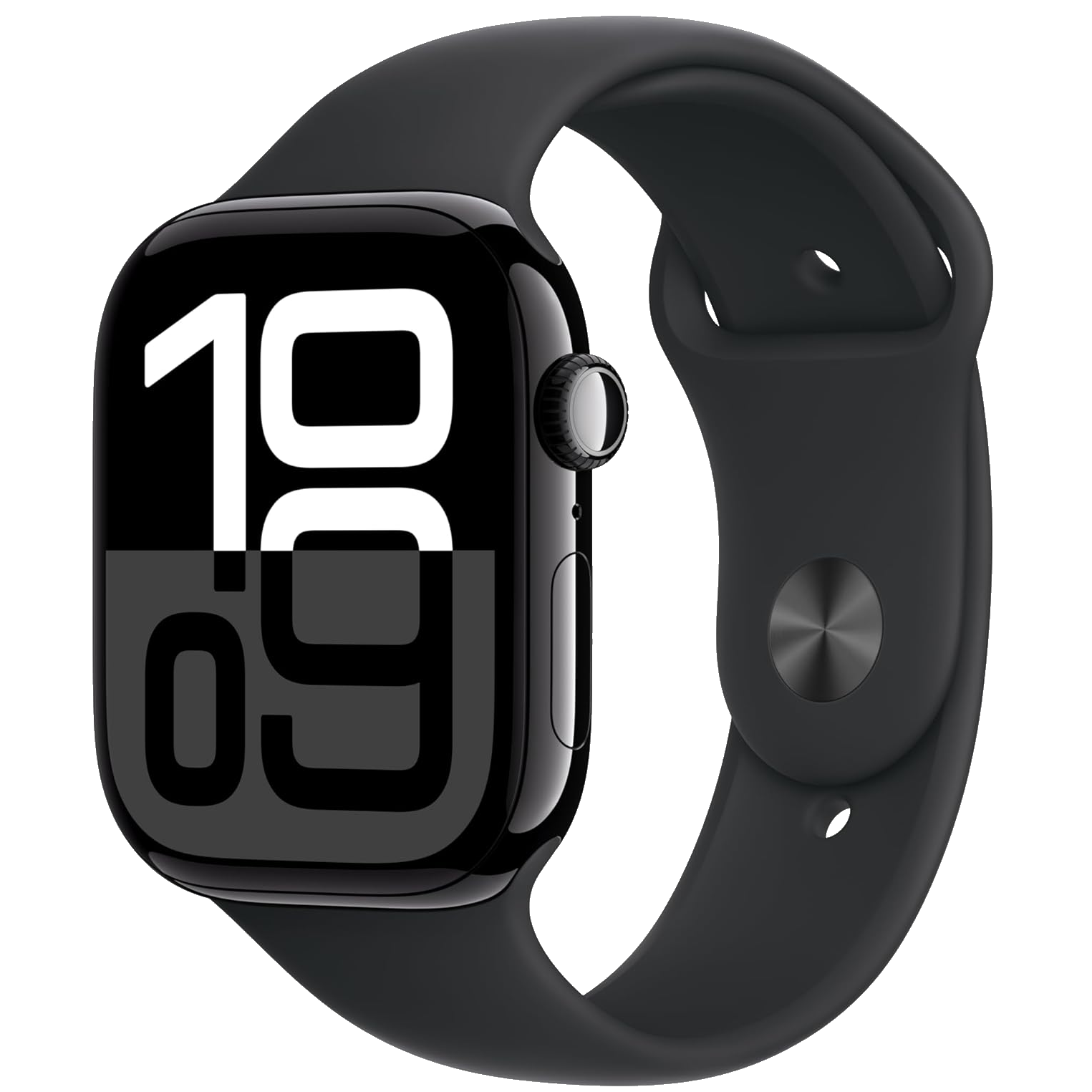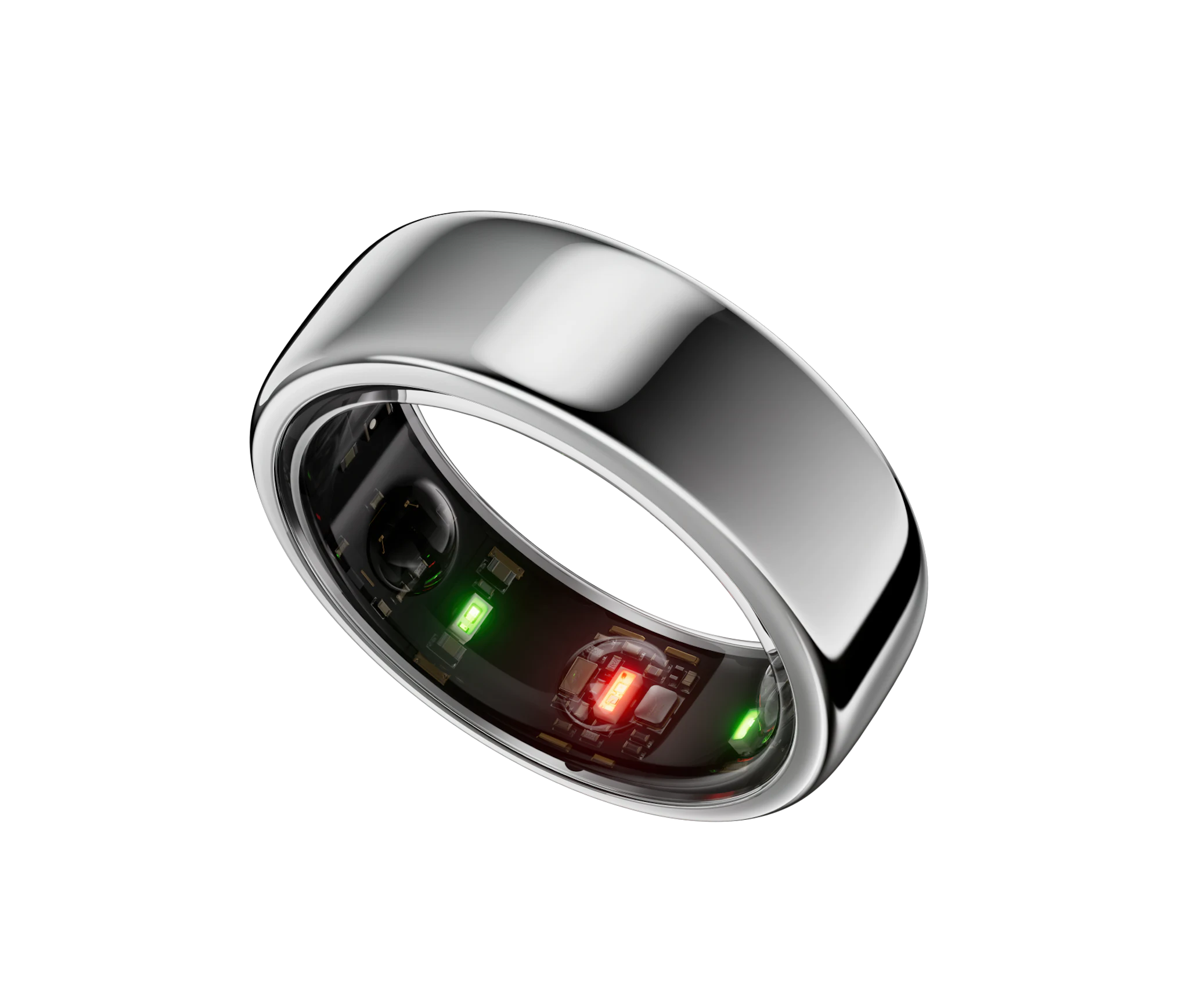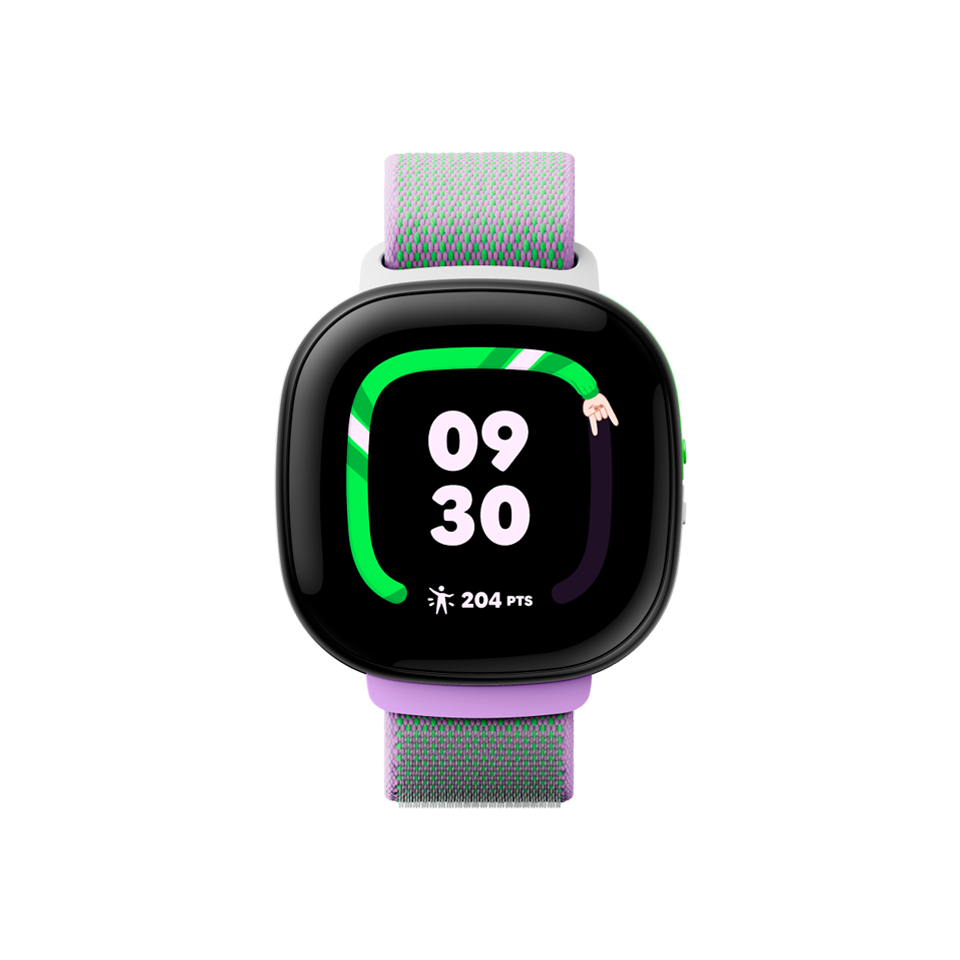Key Takeaways
- Smart health tech makes it easy to set health & fitness goals and track your results.
- Track a wealth of data from exercise minutes through resting heart rate and sleep quality to cardiovascular age.
- Device options include fitness bands, smart watches, smart rings, and smart scales, plus good old-fashioned manual logging.
Whether you’re looking to boost your fitness, lose weight or just live a healthier life, smart health technology can both motivate and guide you. Here’s how I use exercise tracking to stay honest, and measurable results to remain motivated.
What Gets Measured Gets Managed
There’s a saying in the business world that what gets measured gets managed. For example, if a business is suffering from poor morale, asking managers to try to keep their employees happy isn’t likely to achieve much.
If we instead appraise and incentivize them based on low employee turnover and then track that number, they are likely to pay a lot more attention and invest a lot more time and effort into figuring out how to fix the problem.
The saying is equally applicable in the personal arena. If we want to maintain or improve health and fitness, then we need to find ways to turn general goals into something we can measure and track.
How I Choose My Metrics
The first step then is to set general goals before figuring out how to turn them into measurable results. In my case, I want to lose weight, improve my all-round fitness, get enough sleep, and eat more healthily. The next step is to choose specific metrics for each of these areas.
Smart health tech can generate a lot of data. For example, if we look at the data available in the Apple Health app it includes resting heart rate, heart rate variability, walking heart rate average, sleeping heart rate, cardio fitness, cardio recovery, walking speed, walking step length, stair speed (up and down), running stride length, respiratory rate, blood oxygen, time in bed, time asleep, light sleep time, REM sleep time and deep sleep time.
It’s easy to get overwhelmed by focusing on too many metrics at once, and all the advice I read was to choose a few things you will actually monitor regularly. I ended up choosing:
- Weight (with a goal of losing 14 pounds and keeping it off)
- Body fat percentage (making the body weight measurement more meaningful)
- Exercise minutes (with a goal of at least 30 minutes a day, six days a week)
- Resting heart rate (a good measure of overall fitness)
- Total sleep time (while also keeping an eye on other sleep metrics)
- Eating five portions a day of fruit and vegetables
Choosing My Smart Health Technology
There are a number of options when it comes to smart health tech, of which the main ones are:
While various claims are made about relative accuracy, the differences between them are small so this will mostly come down to personal preference.
A fitness band is probably the default choice, combining week-long battery life with a display of key metrics. If you also want notifications on your wrist and the ability to make contactless payments, then that pushes you up to a smartwatch. If you’re happy to check data on your smartphone and want the least obtrusive device, then a smart ring is the answer.
I wore an Apple Watch for almost a decade but more recently switched to the Oura Ring, mostly because I wanted the option of wearing my choice of dumb watch. I also like the fact it only has to be charged around once a week and the intelligence of the connected app.
If you make the same choice, my top tip is to ignore the advice to wear it on your index finger. I found it got in the way on bicycle handlebars, with weights, and even with everyday activities like washing up. Switching to my ring finger proved just as accurate, and I’m no longer even conscious of wearing it.
For weight, dumb scales would do the job but smart scales have two advantages. First, most measure more than just weight. Second, they automatically import the data into your smartphone so you always have the data and can easily see trends in graph form, In my case, I went with the Body Smart. This measures body fat and muscle percentages, calculates BMI, and sends the data to the app which then forwards it to the Apple Health app.
The only thing I have to monitor manually is the five portions of fruit and veg!
Don’t Dismiss Bonus Data
Although it’s worth focusing on specific metrics when tracking progress, it’s great to see just how much data is collected and calculated. For example, the Oura app noticed I was taking a brisk walk and asked me if I wanted to measure my cardio capacity. I simply said yes, continued walking for another six minutes, and was presented with the above data.
I particularly like the ability to allow different apps to share data. I use the Beeline cycling navigation app and allow this to share ride data with the Oura app so that it shows up there as exercise.
A really useful benefit of smart health tech is that it can help you to spot patterns. For example, the Oura Ring makes a personalized recommendation for your bedtime based on how well you sleep. It also noticed that I sleep better after a moderate amount of exercise compared to a little or a lot.
Sleep data was also very helpful when I suffered a bout of insomnia. One of the Catch-22s of insomnia is that you wake, try to get back to sleep, and stress about the fact that you’re not falling asleep, and that makes it less likely that you will. My sleep data revealed that although I had been awake for a time in the middle of the night, I actually went back to sleep quicker than I thought. Although my overall sleep during this time was less than ideal, it wasn’t worryingly poor.
Finally, some health tech will generate automatic alerts if a potentially serious health condition is identified. The Apple Watch has been credited with saving multiple lives by alerting wearers to atrial fibrillation, a potentially lethal heart condition.
Sharing Data With Others
Capturing so much health data can be really helpful to your doctor in providing a better picture of your overall health and fitness. With the Apple Health app, you can opt to share the data captured with your health provider. You can either choose the individual data items you want to share or share everything.
You can also choose to share selected metrics with a fitness buddy. Turning fitness activities into a game or competition can be a very effective form of motivation for some.
Tracking My Progress
Neither weight loss nor fitness improvements happen overnight. The consensus advice seems to be to monitor on a weekly basis. Having graphs available in the Oura and Health apps makes this incredibly easy to do so, and I’m already finding great motivation in seeing those graphs start to move in the right direction.
Whether you’re looking to lose weight, run 100 miles a month, train for a half-marathon, or improve your workouts, smart health tech can be a great help with both motivation and measuring your results.
-

Apple Watch Series 10
$378 $399 Save $21
The tenth-generation Apple Watch offers a slimmer design than previous models, with a 30% larger screen that uses wide-angle OLED technology. It also comes in a new polished Jet Black aluminum finish, or premium titanium options.
-

Oura Ring Gen 3
As a smart ring with plenty of power, the Oura Ring Gen 3 stands out among a pack of smartwatches thanks to its wellness-based features that measure your sleep, heart rate, readiness, and more.
-

Fitbit Ace LTE
$200 $230 Save $30
Fitbit Ace LTE is the ultimate kids’ smartwatch with built-in LTE connectivity for calls, texts, and GPS tracking. Encourage active lifestyles, stay connected, and enjoy peace of mind with fun activity challenges and parental controls.









